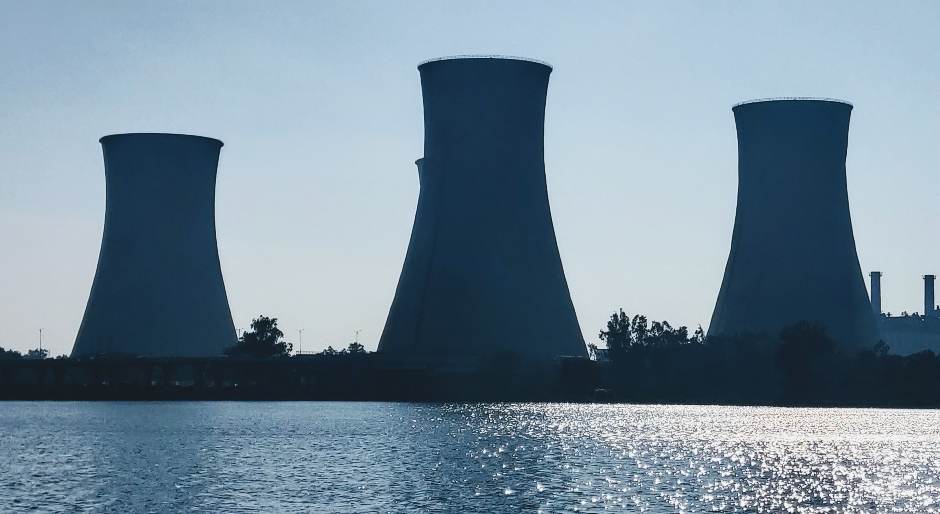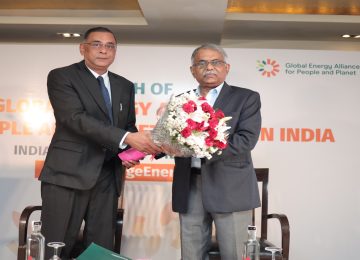Nuclear power generation is gaining momentum and growing rapidly across the world.
A Research and Markets report titled “Nuclear Electricity Global Market Report 2023,” pegged global nuclear electricity market revenues to rise from $204.41 billion in 2022 to $217.4 billion in 2023, at a 6.4% CAGR. This growth trajectory is anticipated to continue, as the market is forecasted to reach $271.08 billion by 2027, at a CAGR of 5.7%.
Growth drivers:
According to the report, global concerns such as energy security, climate change, and electricity demand growth have led to an increase in the use of nuclear energy for power generation. Nuclear technology provides large amounts of power with significantly lower carbon emissions, the authors noted in the report.
According to the International Energy Agency (2019), global electricity demand will rise to 2.1% per year by 2040, twice the rate of primary energy demand. This raises electricity’s share in total final power consumption from 19% in 2018 to 24% in 2040. Both China and India will account for a major portion of this growth.
Nuclear world:
According to the World Nuclear Association (WNA) 2020, nuclear energy now provides about 10% of the world’s electricity from about 440 power reactors.
Around 50 more reactors are under construction, equivalent to around 15% of the existing capacity. In 2021, nuclear plants provided 2653 TWh of electricity, up from 2553 TWh in 2020. New markets such as Bangladesh, Turkey, and Vietnam are also making progress in nuclear power plant construction.
Interestingly, Asia Pacific emerged as the largest region in the nuclear electricity market in 2022, with Western Europe following as the second-largest region.
Conclusion:
The positive growth outlook for the global nuclear electricity market highlights the continued importance of nuclear energy in meeting the world’s increasing electricity demands while driving towards a sustainable energy future. The market’s expansion is expected to be fuelled by ongoing technological advancements and the strategic initiatives of key industry players.
In the late 2000s, India had set a very ambitious target of generating 20,000 MW of nuclear energy by 2020. In 2017, the country revised the targets to generate 12,000 MW by 2022’ and upgrade the capacity to 34,000 MW by 2040. Considering the current installed capacity of 6780 MW the latter appeared more realistic. Recalling here, Union Minister of State Personnel, Public Grievances & Pensions and Prime Minister’s Office, Dr Jitendra Singh’s written reply to a question in the Rajya Sabha, in 2022 that the existing nuclear power capacity of 6780 MW is going to be increased to 22480 MW by the year 2031.
Though India has advanced in renewable energy capacity addition through wind and solar, considering the infirm nature of both fuel sources and the low PLF, nuclear becomes a much more economical choice for the country.












